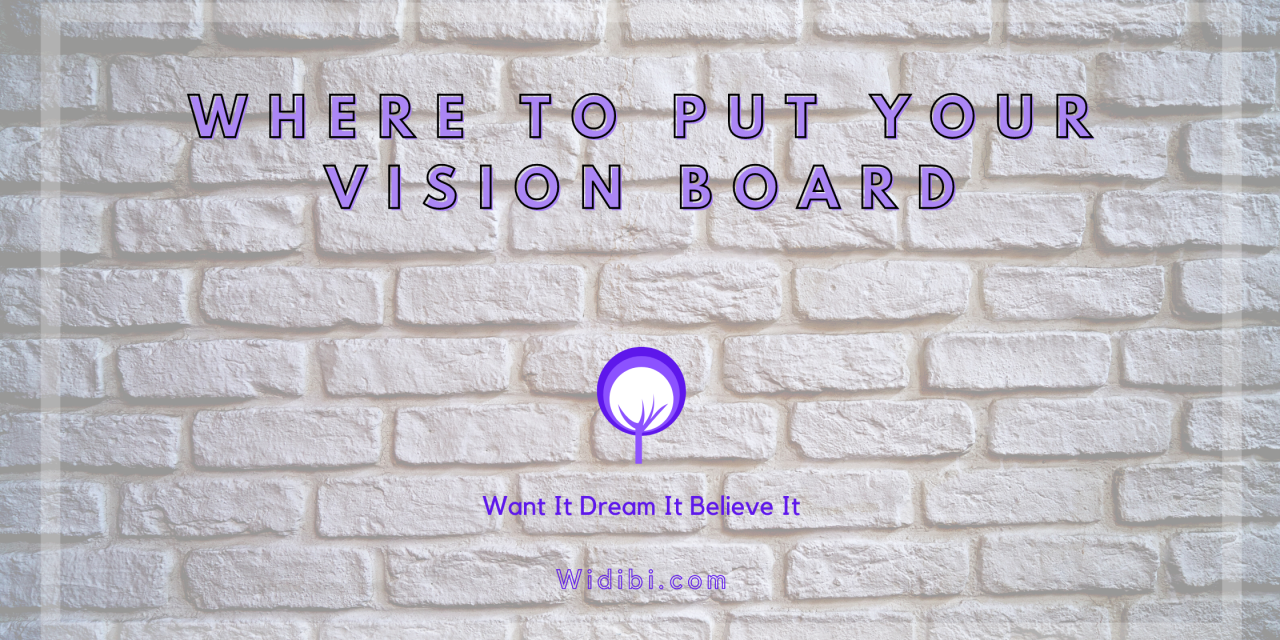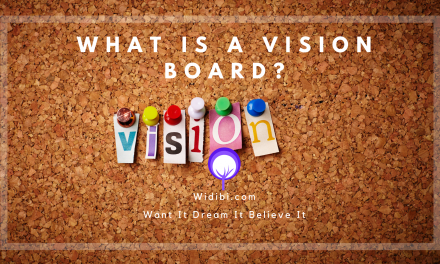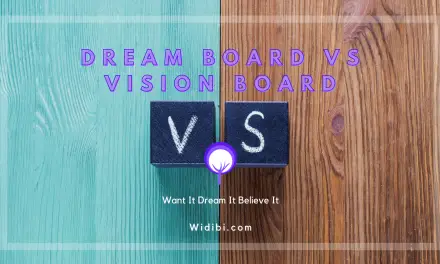The most important thing about creating a vision board is the act of doing it. That’s the part that results in people procrastinating and putting things off. After that, it’s all about making sure that you put your vision board somewhere that you can see it. Whether you’re using the law of attraction, or simply believe that vision boards can help you to achieve your goals, it’s all about having it in the right place and at the right time to keep you focused and on track.
The Physical vs. Digital Consideration
Some people remain adamant that a vision board should be made the old-fashioned way, with card and pictures. I say old-fashioned, but it’s as current today as it ever was. Digital is more convenient and often cleaner, but there is something cathartic about purposefully selecting pictures, cutting them out and sticking them in the perfect spot.
It’s like getting something for free against paying for it. Magazines are an appropriate example, given that they will serve as the source of most of your pictures. When you pick up a free magazine at a train station or get one delivered to your home, you immediately attach a value to it. In most cases, that value is the cover price – nothing at all.
In recent years, costs of paid-for magazines have risen quite sharply. Paper hasn’t become more expensive, and I’m unaware of journalism wages having skyrocketed. It’s more to do with the fact that most people consume the content they used to read in magazines online. At $8 or £5 or whatever your local currency happens to be, you’re more interested in getting value for money.
It’s an unnecessarily long analogy, but it applies to physical vs digital vision boards because of time and effort. Most would agree that searching Google for a picture and dragging it into your design tool of choice lacks the nuance of browsing magazines and newspapers or printing something out specifically. As we’ve noted in the past, you can make a vision board without magazines fairly easily too, but the resources have to come from somewhere.
The end result, however, is a completed vision board. You don’t need to worry about where to put your vision board based on your format of choice. If you like to use your vision board as a phone background but have gone down the physical board route, simply take a photo of it. If you’ve gone the digital route but want to put it on the wall, print it out. Even if you only have an A4 printer, you can use a tool like Adobe Reader to split a single image into multiple pages and fit them together like a jigsaw.
Choosing the Wall Where a Vision Board Makes Sense
Where your vision board resides often depends on what it’s for. Many people that are working on their first vision board tend to focus on a more general approach – the new house, the faster car, the boosted bank account and so on. In these cases, it comes down to where you’re likely to see it most and where you’ll be most inspired.
The general purpose solution for a general purpose vision board is often the bedroom. Position it on the wall so that it is among the first things you see in the morning and the last thing you see at night and you’ll have inspiration for the day ahead and motivation for your subconscious when you go to sleep.
That changes if you have a vision board for a more specific purpose. If you’ve made a vision board for work, it makes sense to keep it in the workplace. With so many people currently working from home, this is easier than ever before as you can simply stick it on the wall in your home workspace.
If you’ve made a vision board for weight loss, put it up in the kitchen if you’re dieting or in your workout space if you’re more focused on exercise.
Vision boards can adapt to and improve every facet of your life and I am a big supporter of the idea of making one for different parts of your lifestyle once you get comfortable. Put them wherever they are most relevant and where they have the biggest chance of making a positive impact.
Keeping Your Vision Boards on Your Devices
With walls out of the way, it is important to consider the wall-like space people spend more time looking at than anything else each day. Naturally, I primarily mean their phones, but that can be adapted to just about any electronic device. Crucially, if they have the capability to display an image as a background, wallpaper or lock screen, they are ideal for displaying a vision board.
As I’ve mentioned already, this might mean taking a picture of the vision board if you’ve opted for the physical option, but could not be easier if you’ve already created it on a phone or computer. Email it, drop it in your cloud hosting account or AirDrop it to the device of your choice.
Set it as the lock screen or wallpaper and you’ve immediately got access to your perfect vision board, ready to inspire you at any moment. Indeed, if you put it on your phone, that’s one more tool against procrastination and losing focus. I for one usually pick up my phone as a distraction when I should be doing something else, and a vision board waiting to intercept you can be a fantastic motivator!










